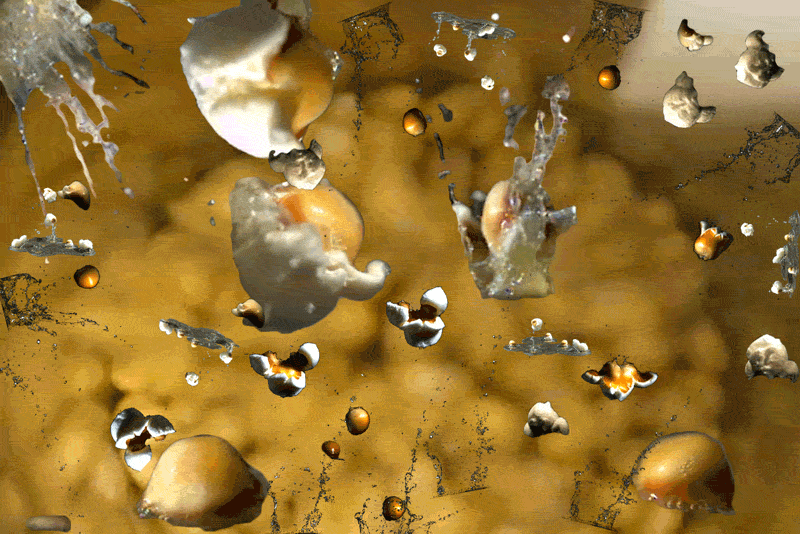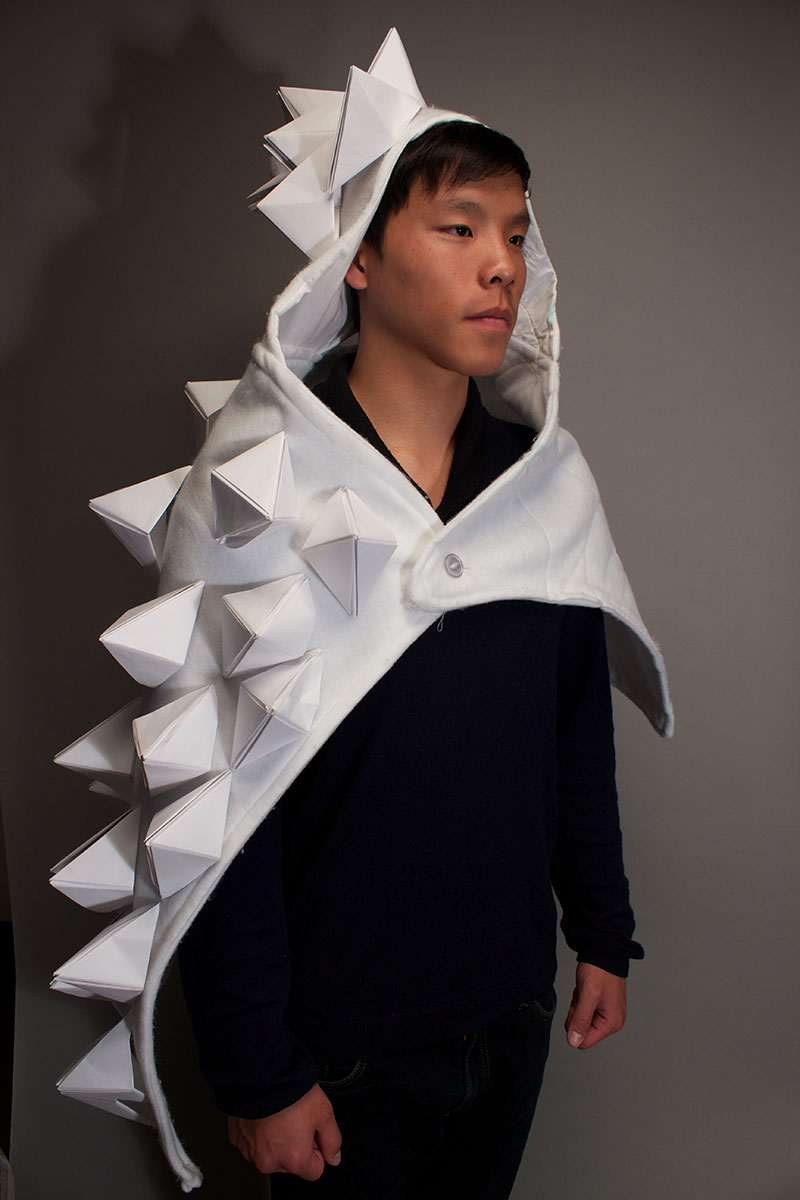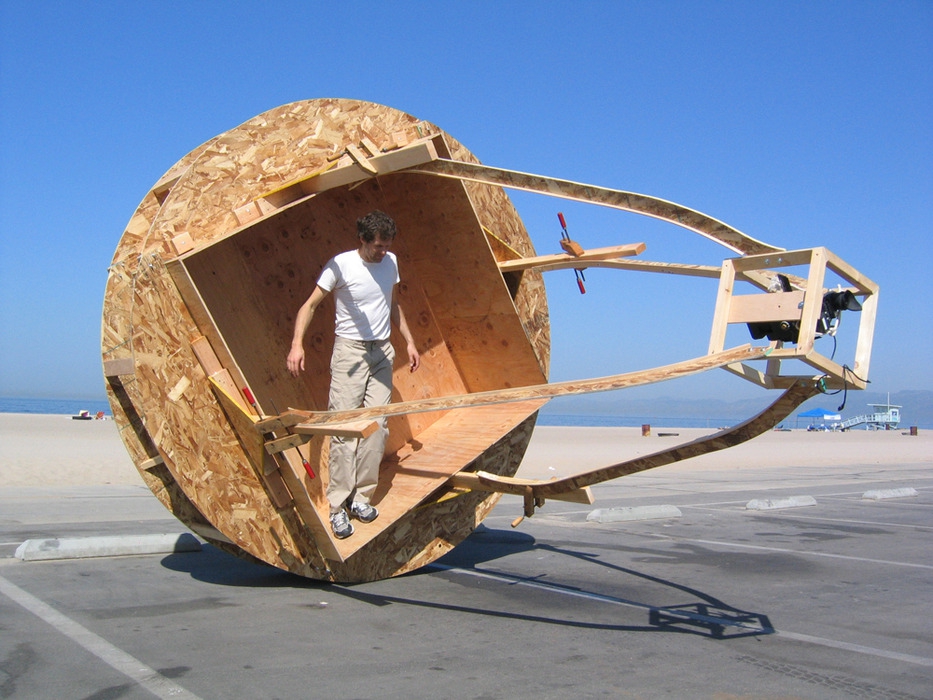
Will Van Dusen and Brenden Bjerke
T4T LAB
RADICAL RAUMPLAN
The real but withdrawn qualities of the raumplan of the Muller House can be understood as the unknown excess of the object. This is the space of the architectural project that exists beyond the limits of human cognition. Although this space is finite, it is vast and abundant. Any attempt to enter into this space must be somehow framed. As a metaphor, or a vehicle to frame the unknown excess, we take in part the idea of viewing, which is epistemologically important to the raumplan. Using this framework, our project attempts to go beyond our cognitive limitations and enter into the unknown space of the architectural project. From here, we can extract new spatial phenomena that can be notated into the known layer, to be understood by the architectural audience. For us, this means using a series of metaphors to frame our exploration of the unknown and attempt to extract new phenomena that engage the raumplan independent of its relationship to a human subject. This allows us to operate in a jective framework, allowing for an understanding of the object autonomously.










